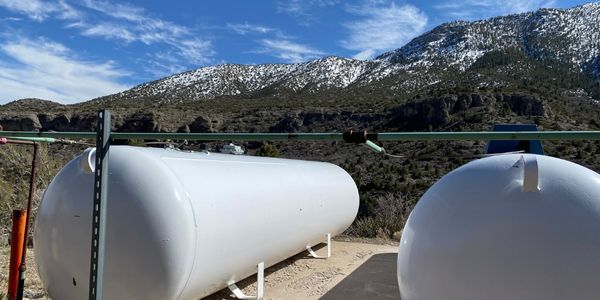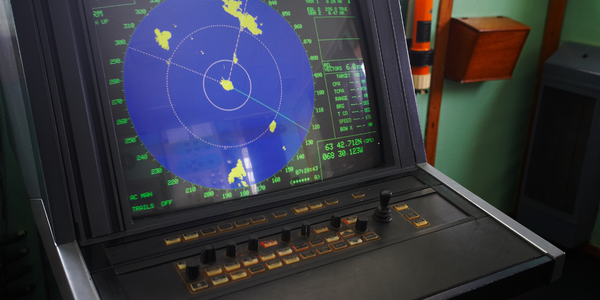Customer Company Size
SME
Region
- America
Country
- United States
Product
- Lectra DesignConcept
Tech Stack
- Digital Design
- Patterning Software
- Prototyping Tools
Implementation Scale
- Enterprise-wide Deployment
Impact Metrics
- Cost Savings
- Customer Satisfaction
- Productivity Improvements
Technology Category
- Functional Applications - Manufacturing Execution Systems (MES)
- Functional Applications - Product Lifecycle Management Systems (PLM)
Applicable Industries
- Marine & Shipping
Applicable Functions
- Product Research & Development
- Quality Assurance
Use Cases
- Digital Twin
- Rapid Prototyping
Services
- Software Design & Engineering Services
- System Integration
About The Customer
Signature Seating is a company operating in the marine furniture industry, known for its high-quality and aesthetically pleasing designs. The company has been a customer of Lectra for over 10 years and has a strong focus on creative design, durability, and comfort. They aim to stay ahead of the competition by adopting new technologies that streamline their design and manufacturing processes. Signature Seating is committed to reducing lead times and costs while maintaining high standards of quality and aesthetics. The company has successfully transitioned from labor-intensive manual processes to digital design and manufacturing, positioning itself for continued success in the fast-paced marine furniture market.
The Challenge
Staying ahead of the competition is vital in any industry, which is why shortening engineering lead time is crucial. That’s particularly true when bringing new products to market. Recognizing that new technology and increasing competition were propelling the marine furniture industry toward faster delivery times, Signature Seating needed a system to streamline their processes for design, patterning and prototyping while cutting costs. The company wanted to shift from labor-intensive manual processes to digital design and manufacturing without sacrificing quality and aesthetics. Signature Seating turned to Lectra’s extensive industry expertise for a solution flexible enough to meet the company’s highly specialized needs.
The Solution
Signature Seating implemented Lectra’s comprehensive DesignConcept solution to streamline their design, patterning, and prototyping processes. The solution offers built-in functionalities like ease analysis, which measures sew lines of adjacent parts and shows a color code on the seam when the ease is within tolerance. This allows the technical team to perfect designs in minutes rather than weeks. By digitally creating pattern sewing documentation, Signature Seating can now easily archive, search, modify, and print, saving time and eliminating the risk of misplacing or damaging hand-drawn drafts. The implementation of DesignConcept has enabled the company to show customers virtual prototypes that closely match their specifications, reducing pattern development time from three weeks to three days. This has allowed Signature Seating to consolidate their suppliers from three to one, keeping all data—both 3D and 2D—under one application, enabling faster responses to changes.
Operational Impact
Quantitative Benefit

Case Study missing?
Start adding your own!
Register with your work email and create a new case study profile for your business.
Related Case Studies.

Case Study
Drill ship power challenge: hybrid solution solves distribution issues
Aspin Kemp & Associates (AKA), a manufacturer of electrical power and control systems headquartered in Montague, PEI, encountered one with its hybrid power initiative, the first hybrid drill floor destined for installation on ultra-deepwater drill ships operated by Transocean, Swiss offshore drilling contractors. Since on-site modification was impossible and scrap recycling of any modifications was unacceptable, the enclosures had to arrive ready-to-install.

Case Study
Ensures Tanker Safety and Emissions Compliance
Storage tanks are irregular in shape and a certain amount of mathematical modelling is required to get an accurate representation of volume and, more importantly, the weight of material in each tank. In addition, countries have different emission regulations, so the ships position needed to be accurately known in order to geotag emission data.

Case Study
Real-time Networked Sonar System for Ships
A multinational, knowledge-based corporation that delivers marine electronics solutions is utilizing industrial Ethernet technology to help ensure that operations at sea are dependable and optimal. Based in Europe, the company has nearly 4000 employees working in 20 countries around the world, and produces high-tech systems for offshore oil and gas operations, merchant marine systems, and various applications for the defense and aerospace industries. The company produces products and systems used by merchant vessels and offshore installations for positioning, navigation, automation, as well as for surveying and monitoring the seabed, and for fishing vessels and fi sheries research. As one of the major suppliers of high quality marine electronics in the world, their products include chart plotters for yachts, triple redundant dynamic positioning systems for oil drilling rigs, and sonar and instrument systems for scientifi c research vessels. Products used for marine applications must be rugged enough to endure the corrosive effects of salt water, and be able to withstand excessive amounts of vibration and shock. For this reason, the company only uses DNV and GL certified products and components to ensure that their systems can meet the high standards required by the maritime industry.

Case Study
Fleet Management Connectivity Solution for Marzam
Marzam, in order to ensure the best service, invested 3 million dollars in the construction of 2 fuel oil tanks with 40k gallons and 10k gallons capacity each, located in Manta, Ecuador. The customer needs to keep fleet operations going with fuel available at all times in order to guarantee quality of service. KEY ELEMENTS FOR THE CUSTOMER: Real-time level monitoring: Tank infrastructure remote level monitoring. Configure alerts and notifications when reaching critical values to avoid the need for emergency refills and optimize supply schedules. Real-time consumption monitoring: The customer needed an easy way to monitor in real-time accurate values of consumption.

Case Study
Mitsubishi Electric's Edge Computing Solution Powered by Wind River VxWorks
Mitsubishi Electric Corporation, a global leader in factory automation (FA) applications, identified edge computing as a critical component of the Industrial Internet of Things (IIoT). The company aimed to enhance device and data security, reduce data traffic to the cloud, and enable faster response to network or device issues. In 2018, Mitsubishi Electric launched its first line of industrial hardware products designed for edge computing, the MELIPC Series. The primary development goals for MELIPC were to support the type of edge computing promoted by Mitsubishi Electric and to introduce advanced vision technology for device control. The flagship computer of the MELIPC line, the MI5000, was designed to combine real-time equipment control with high-speed data collection, processing, diagnosis, and feedback in a single machine. However, the development team needed a real-time control platform that could seamlessly integrate real-time control with proven analytic and diagnostic applications.

Case Study
Migrating to Software-Only Licenses for More Responsive License Management
The world’s premier shipping companies work with the software solutions of ABB Marine & Ports to get their vessels safely and efficiently to their destinations. A loyal customer of Wibu-Systems for over a decade, ABB has been relying on CodeMeter dongles to store the license keys for their ABB AbilityTM Marine Advisory System - OCTOPUS.The current version of the system is using Wibu-Systems’ robust metal-case CmStick ME, a perfect choice for the rugged conditions at sea. As satellite communications has made fast Internet connections at sea a common reality for maritime operators, the company is looking to move from physical to software solutions to streamline its logistics processes.



